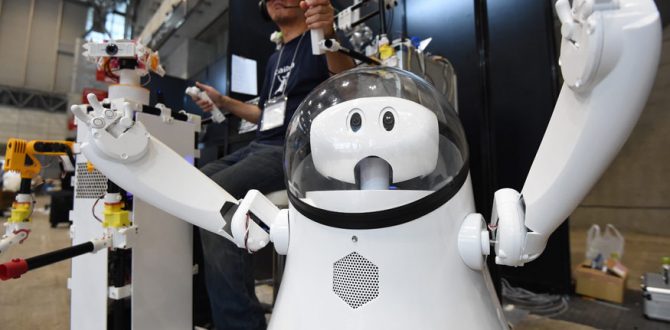Also Read: Twitter: One Million Accounts Suspended For ‘Terrorism Promotion’
All five of these objects are rocky bodies known to have atmospheres and are among the most potentially habitable objects in the Solar System. “We’re currently interested in these ANNs for prioritising exploration for a hypothetical, intelligent, interstellar spacecraft scanning an exoplanet system at range,” said Christopher Bishop from the varsity.
“We’re also looking at the use of large area, deployable, planar Fresnel antennas to get data back to Earth from an interstellar probe at large distances. This would be needed if the technology is used in robotic spacecraft in the future,” Bishop added. ANNs are systems that attempt to replicate the way the human brain learns.
Atmospheric observations — known as spectra — of the five Solar System bodies are presented as inputs to the network, which is then asked to classify them in terms of the planetary type.
Also Read: Flipkart Partners With MakeMyTrip For Online Bookings
As life is currently known only to exist on Earth, the classification uses a “probability of life” metric which is based on the relatively well-understood atmospheric and orbital properties of the five target types. “Given the results so far, this method may prove to be extremely useful for categorising different types of exoplanets using results from ground-based and near-Earth observatories,” said Angelo Cangelosi, the supervisor of the project.
The technique may also be ideally suited to selecting targets for future observations, given the increase in spectral detail expected from upcoming space missions such European Space Agency’s Ariel Space Mission and NASA’s James Webb Space Telescope.
The work was presented at the European Week of Astronomy and Space Science (EWASS) in Liverpool.
Watch: Vivo V9 Review: First Android Clone of iPhone X in India
Also Watch
-
 Salman Khan Judgment Reaction: Jodhpur and Mumbai React as Superstar Gets 5 Years in Jail
Salman Khan Judgment Reaction: Jodhpur and Mumbai React as Superstar Gets 5 Years in Jail
-
 Wednesday 04 April , 2018
Wednesday 04 April , 2018
YouTube Attack : Four Injured In Shooting At Company Headquarters
-
 Wednesday 04 April , 2018
Wednesday 04 April , 2018
Why CBSE Decided Against Class X Re-Examination
-
 Monday 02 April , 2018
Monday 02 April , 2018
Terminator Says ‘I’m Back’ : Arnold Schwarzenegger Wakes Up From Heart Surgery in Style
-
 Monday 02 April , 2018
Monday 02 April , 2018
Bharat Bandh Explainer: Why Dalits Took To The Streets in Protest


YouTube Attack : Four Injured In Shooting At Company Headquarters

Why CBSE Decided Against Class X Re-Examination

Terminator Says ‘I’m Back’ : Arnold Schwarzenegger Wakes Up From Heart Surgery in Style

Bharat Bandh Explainer: Why Dalits Took To The Streets in Protest






